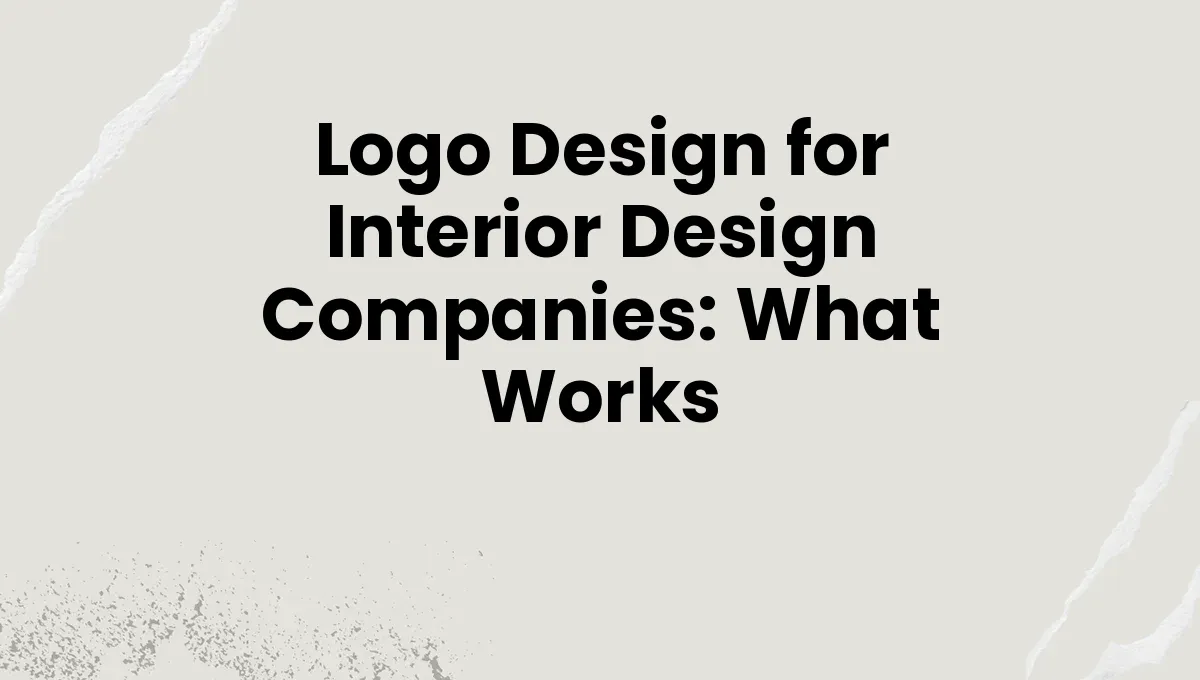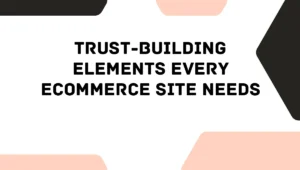Logo Design for Interior Design Companies: What Works
In the competitive landscape of interior design, having a compelling and memorable logo is not just a luxury-it’s a basic necessity. If you’re an interior design company looking to elevate your brand, understanding the elements of effective logo design is crucial. In this post, we’ll delve into the specifics of logo design tailored for your industry, providing you with actionable strategies to create a visual identity that resonates with your target audience and stands out in a crowded marketplace.
Why Your Logo Matters
your logo is often the first interaction potential clients have with your brand.It’s the face of your business, encapsulating your values, mission, and design ideology. A well-crafted logo can evoke emotions, establish trust, and communicate your unique selling proposition (USP) in a split second. Remember, you have just a few seconds to make a lasting impression-make those seconds count!
Key Elements of Effective logo Design
1. Simplicity is Key
Think of some of the world’s most recognizable logos-Apple, nike, Coca-Cola. What do they all have in common? Simplicity.An effective logo should be easy to recognize and remember.For an interior design company, this means opting for clean lines and minimalistic designs that reflect an elegant aesthetic.
Takeaway: Aim for a logo design that can be easily reproduced and stands out even when scaled down.
2. Color Psychology
colors evoke emotions and can greatly influence a client’s perception of your brand. In the interior design industry, your color choices should align with the feelings you want to convey:
- Blue: Trust, calmness, professionalism
- Green: Growth, freshness, harmony
- Black/Gray: Sophistication, timelessness, luxury
Consider the interior design styles you specialize in. If your focus is on eco-friendly designs, soft greens or earthy tones could resonate well with your target audience.
Takeaway: Choose colors that not only reflect your brand but also resonate with your clientele’s emotional expectations.
3. Typography Matters
The font you choose can dramatically impact how your brand is perceived.A sleek,modern font can communicate sophistication,while a more playful font might indicate creativity and innovation.
For instance, a contemporary interior design firm might opt for sans-serif fonts to convey a modern feel, while a classic design studio might prefer serif fonts to evoke a traditional aesthetic.
Takeaway: Pick typography that reflects the essence of your brand while ensuring readability and versatility across mediums.
4. Reflect Your Unique Style
Your logo should be a reflection of your design ethos.If your signature style incorporates bold, vibrant patterns, consider incorporating a stylized graphic element that mirrors this. A logo is not just a symbol; it should tell a story about who you are as an interior designer.
Case Study: Consider the logo of Studio McGee, which utilizes a simple yet elegant wordmark complemented by a subtle graphic to enhance its brand story. This approach clearly signals both sophistication and accessibility.
Takeaway: Infuse your logo with elements that are distinctly ‘you’-this creates an authentic brand narrative that potential clients can connect with.
5. Versatility is Essential
Your logo will be utilized across a multitude of platforms-from business cards and websites to social media and promotional materials. It needs to be adaptable. Check how your logo performs in different formats: color, black and white, horizontal, vertical.
Takeaway: Test your logo in various sizes and placements to ensure it maintains its integrity and impact across different mediums.
Making Your Logo Work for You
1. Test and Iterate
Once you’ve crafted your logo, don’t just settle. Gather feedback from friends, family, and potential clients. A/B test variations of your logo to see which one resonates more with your audience. Tools like Google Forms can definitely help you gather insights efficiently.
2. Update Strategically
If your current logo feels outdated or misaligned with your brand’s evolution, a redesign might potentially be necessary. Though, take a measured approach; frequently enough, slight refinements are more beneficial than a complete overhaul.
Takeaway: Stay attuned to design trends without overshadowing your brand identity. Finding this balance is crucial for long-term success.
Wrapping It Up
For an interior design company, your logo is not just a piece of art; it’s a strategic asset that can propel your business’s visibility and marketability. By focusing on simplicity, color psychology, typography, and authenticity, you can craft a logo that differentiates you in the marketplace and communicates your brand’s essence effectively.
At Cham Agency, we understand the nuances of branding in the interior design sector. If you’re ready to elevate your brand with a stunning logo that works as hard as you do, let’s talk! Remember, in a world where first impressions matter, your logo could set the stage for a transformative journey in your business’s growth.
By implementing these strategies and understanding the core components of effective logo design, you can confidently build a brand that not only attracts but also retains clients in the bustling world of interior design. So, what are you waiting for? Start your logo journey today!





